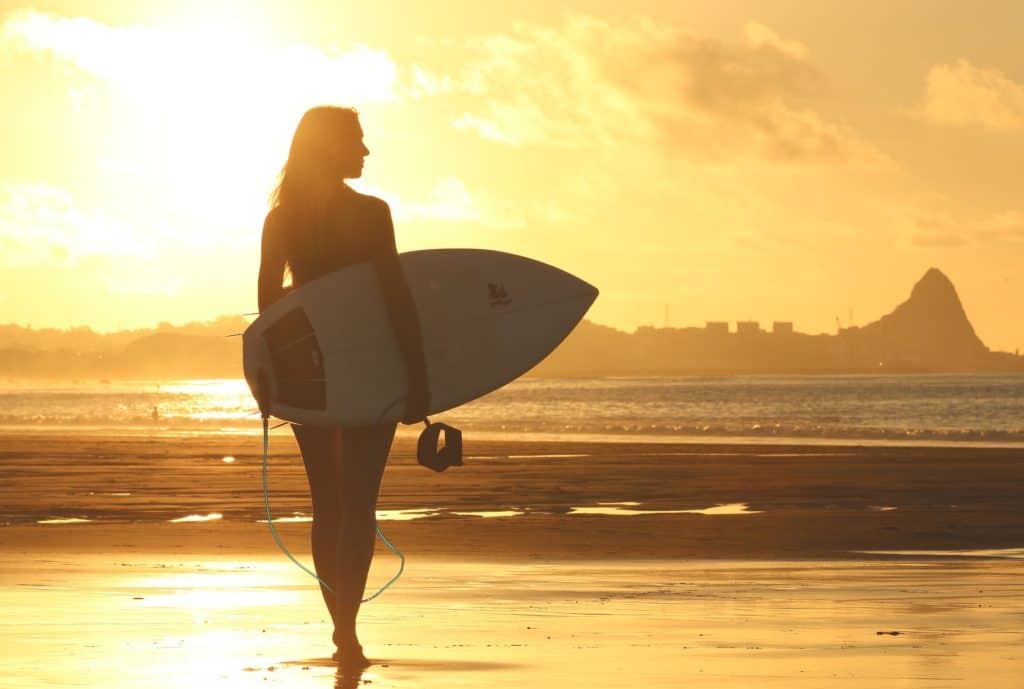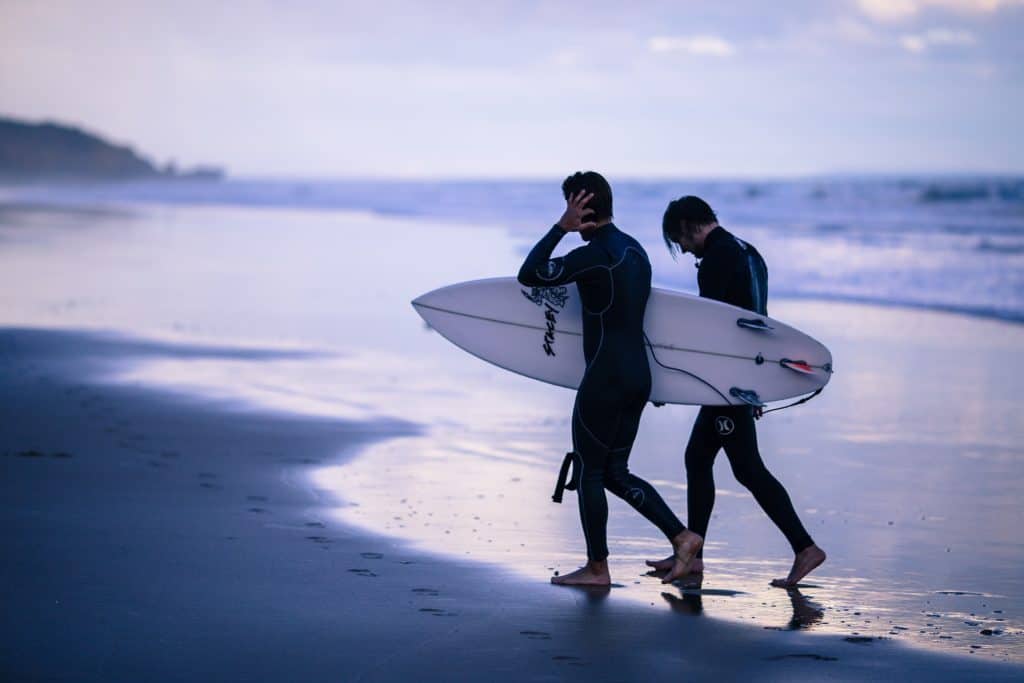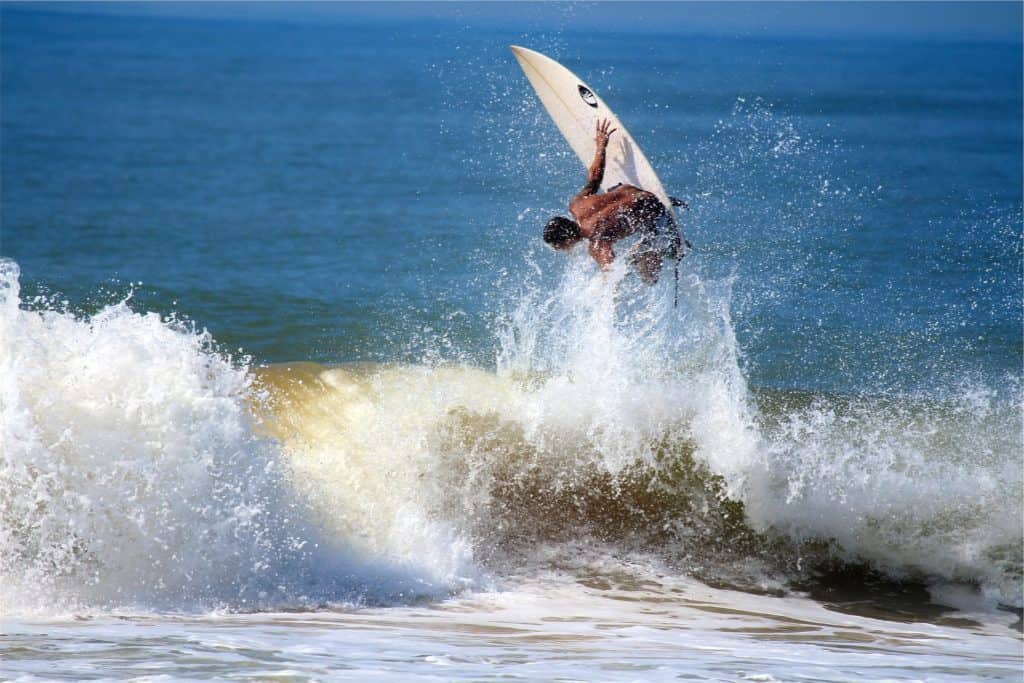The most common surfing FAQs
Australia has some of the most amazing surfing conditions in the entire world. So it’s no wonder that people travel from across the globe to “hang ten.” But many people who come to Australia to surf have never done it before, and you might even find the odd local who has never tried surfing. If you are new to the sport or just looking for some information to help you improve your game, check out these common frequently asked questions to get you started.

How to choose the right surfboard
In order to ensure your safety while riding waves in the ocean, it’s important that you have the right kind of surfboard for your body type and ability. There are typically four categories of surfboards to choose from: beginner, intermediate, advanced, and pro. Most people reading this will be in the beginner or intermediate categories. A good rule of thumb for first-time surfers is to get a board that is longer and thicker than others. The extra depth of the board provides more stability and helps the board to stay afloat better than thinner boards. There are also four common types of surfboards: shortboard, fish board, evaluation board and longboard. All four types are suitable for beginners, but the size is what matters here, so be sure to get a board that is meant for your height and weight.
How to choose the right wetsuit for surfing
While most people think wetsuits are designed to keep them dry, the truth is that they are designed to keep you warm. This warming effect happens when a small amount of water is present in the suit between the rubber material and your skin. Your skin will heat up the water that is present in the suit and help you stay warm while you surf. Basically, every kind of wetsuit acts the same way, so all you need to worry about is the size of your suit. You’ll know your suit fits properly if you can move freely in it without it feeling baggy around your stomach, legs, hips, and thighs. You might consider wearing a rashguard around your neck because the suits are designed to fit very close to the body, and some people experience rashes in the neck area. Depending on the temperature of the climate you’ll be surfing in, you’ll want to invest in a thicker material suit.

What are some basic surfing rules?
How to pick a surf school
If you are interested in learning how to surf all you have to do is go down to many local beaches, and you’ll find plenty of pop-up businesses and even some permanent ones looking to help teach you how to surf. Before you pay anyone to teach you about surfing, be sure to pick a training centre that incorporates time on the water with time on the beach learning the ropes. You need to learn about safety precautions as well as how to signal if you are in trouble. You’ll also want to choose a training centre that includes the rental of a board and wetsuit if you need it.


What are some basic surfing tips?
What are some common surfing terms?
- Crest: the top of a wave
- Lineup: the queue of surfers waiting to catch a wave
- Set: a group of similar waves
- Grubbing: falling off the board
- Kook: a newbie surfer, which is actually a derogatory term in some circles
- Inside: the space between the shore and a breaking wave
- Hang ten: a popular surf saying, but it actually refers to hanging all ten toes on the end of the board while surfing
- Pearl: driving the nose of the surfboard into the water to slow down
- Over the falls: wiping out on a wave
- Mushy: weak waves
- Groundswell: waves created as a byproduct of an offshore storm
- Shoot the curl: surf through the barrel of a wave
- Shredding: aggressive surfing techniques
How to Duckdive and Turtle
Last updated: November 28, 2017